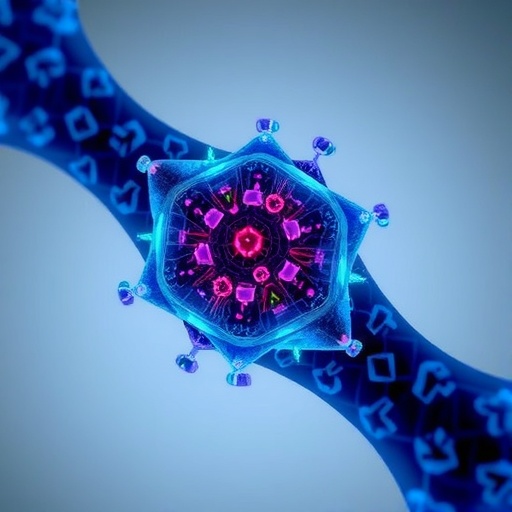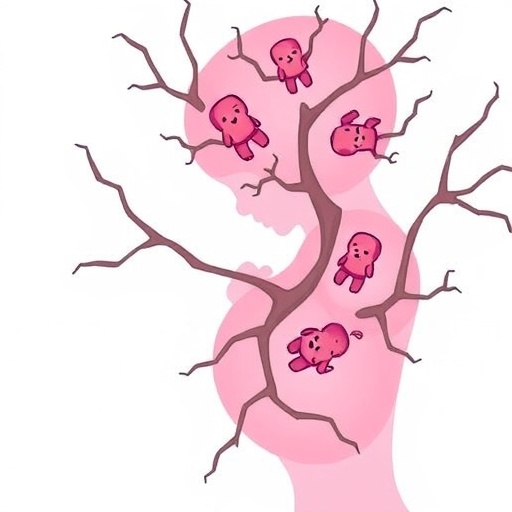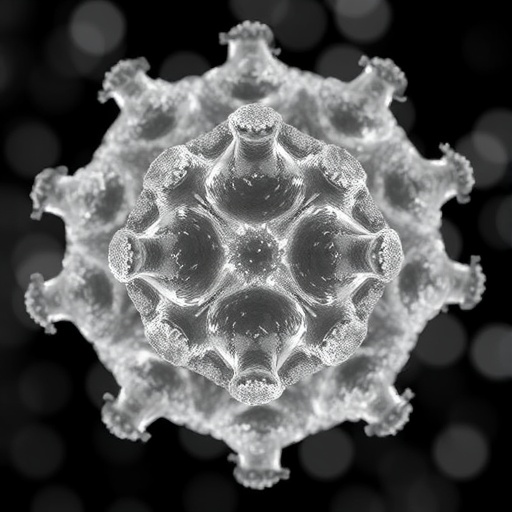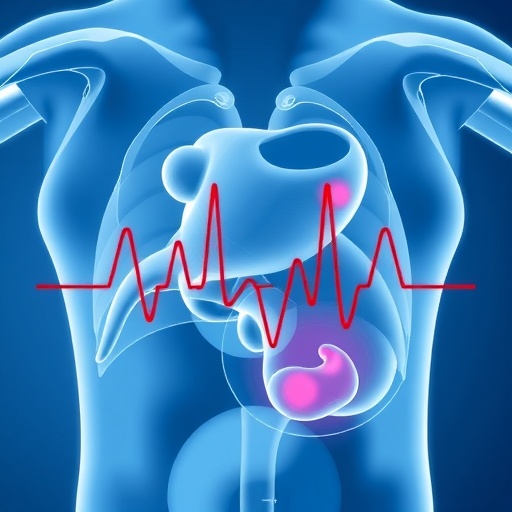PROTECT YOUR DNA WITH QUANTUM TECHNOLOGY
Orgo-Life the new way to the future Advertising by AdpathwayBreast cancer remains one of the leading causes of cancer-related mortality among women globally. Recent studies have identified distinct molecular signatures that characterize breast cancer, which vary based on geographical and ethnic backgrounds. A comprehensive review has just been published that sheds light on the molecular mechanisms at play in breast cancer within the Iranian population. This groundbreaking work highlights critical aspects of cell growth and cell cycle regulation, forging a path toward individualized treatment strategies that could address the unique challenges posed by breast cancer in this demographic.
The recent review provides an in-depth analysis of various cell cycle regulatory proteins, including those that drive tumorigenesis and influence breast cancer outcomes. By examining the roles of cyclins, cyclin-dependent kinases (CDKs), and their inhibitors, the authors draw attention to how disturbances in these fundamental cellular processes form a foundation for breast cancer development. This critical overview elucidates how alterations in these regulatory mechanisms can lead to unchecked cell proliferation, a hallmark of malignancy.
What makes this exploration particularly significant is its focus on the Iranian population, an area which has received relatively little attention in the global discourse on breast cancer research. The findings provide valuable insights that may lead to enhanced screening and treatment modalities that are tailored to this population’s unique genetic and environmental contexts. The authors hope that their findings will lay groundwork for further studies aimed at understanding the broader implications of genetic diversity on breast cancer susceptibility and treatment responses.
In conducting this review, the researchers compiled data from various studies which highlighted the prevalence and characteristics of breast cancer among Iranian women. By synthesizing the available literature, the authors present a unified perspective on how lifestyle, genetic predisposition, and healthcare practices intersect in shaping the breast cancer landscape in Iran. Their rigorous methodology ensures that the conclusions drawn are robust and applicable to clinical practices.
A major takeaway from this review is the critical role that molecular diagnostics can play in identifying high-risk patients. By utilizing advanced techniques such as next-generation sequencing, clinicians can gain insights into the specific genetic mutations that drive breast cancer in individual patients. This personalized approach to treatment is particularly crucial as it can lead to more effective therapies and improved patient outcomes, particularly for those with hard-to-treat or aggressive forms of cancer.
Moreover, the review emphasizes the importance of understanding the interaction between genetic factors and environmental influences in the development of breast cancer. Factors such as diet, exercise, and exposure to environmental toxins may exacerbate genetic predispositions, leading to a heightened risk of cancer development. This multi-faceted approach is essential as it broadens our understanding beyond mere genetic predisposition, incorporating lifestyle factors into the risk assessment equation.
An important conclusion drawn from this review is the urgent need for increased awareness and education related to breast cancer among Iranian women. Many still lack access to comprehensive information about risk factors, screening protocols, and treatment options. By empowering women with knowledge, health authorities can help to increase early detection rates, which is imperative for enhancing survival outcomes. This educational component is a vital aspect of combating breast cancer, as it can lead to greater public engagement and advocacy for more robust healthcare policies.
The findings highlighted in this review also open up exciting avenues for future research. Investigating the interplay between various signaling pathways involved in cell cycle regulation and their implications for breast cancer metastasis could lead to innovative therapeutic strategies. Also, deeper exploration into ethnic variations in breast cancer biology may yield findings that are translatable across different populations, thus enriching the global understanding of this heterogeneous disease.
As this review underscores the importance of localized research efforts, it calls for more investment in cancer research within Iran. Establishing dedicated research programs that focus specifically on breast cancer could enhance collaboration among researchers and clinicians, ultimately leading to more significant strides in understanding and treating this disease. Furthermore, fostering partnerships with international research entities could facilitate knowledge exchange and innovation in therapeutic approaches.
In conclusion, the review penned by Mashayekh and colleagues stands as a significant contribution to our understanding of breast cancer within the Iranian context. By elucidating the molecular signatures that define this disease in a specific population, the authors lay the groundwork for personalized treatment paradigms that consider individual genetic, environmental, and lifestyle factors. This landmark study not only enriches the existing body of knowledge but serves as a rallying call for intensified research efforts aimed at improving outcomes for women affected by breast cancer, setting a precedent for future studies worldwide.
Subject of Research: Molecular signatures of breast cancer in the Iranian population.
Article Title: Molecular signatures of breast cancer in the Iranian population: a review of cell growth and cell cycle regulators.
Article References:
Mashayekh, Z., Broojeni, J.V., Fard, R.F. et al. Molecular signatures of breast cancer in the Iranian population: a review of cell growth and cell cycle regulators. J Cancer Res Clin Oncol 151, 255 (2025). https://doi.org/10.1007/s00432-025-06301-y
Image Credits: AI Generated
DOI:
Keywords: Breast cancer, molecular signatures, cell cycle regulators, Iranian population, personalized treatment.
Tags: breast cancer molecular markersbreast cancer mortality in womencell cycle regulation in breast cancercomprehensive review of breast cancer mechanismscritical proteins in breast cancer developmentcyclins and CDKs in cancerethnic variations in breast cancer researchgeographical differences in cancer markersindividualized treatment strategies for breast cancerinsights into Iranian breast cancer challengesIranian population breast cancer studytumorigenesis and breast cancer


 5 hours ago
12
5 hours ago
12





















 English (US) ·
English (US) ·  French (CA) ·
French (CA) ·